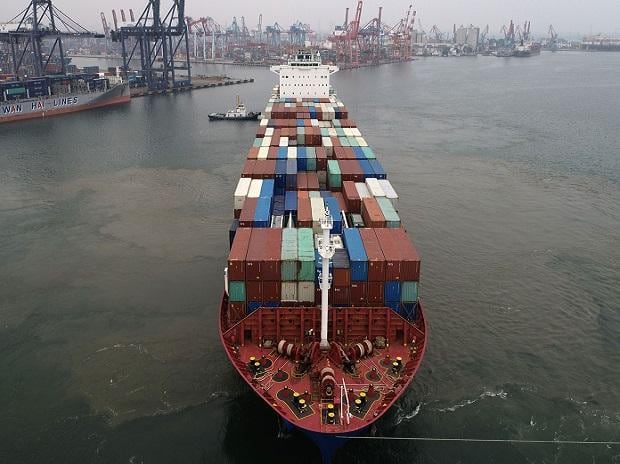As India doubles down on local manufacturing, the country's import tariffs in the electronics sector are still way higher than China, Vietnam and other economies, which is negating the performance-linked incentive (PLI) scheme and adversely impacting competitiveness and scale, a new study showed on Thursday.
India's higher tariffs are even more evident for the priority products identified by the electronics industry.
For finished products, India's tariffs are slightly lower for only one tariff line of China.
However, for inputs (components and sub-assemblies), there is no tariff line for which India's import duty is lower than the competing economies, showing the relatively higher costs of production in India compared to the four economies (China, Vietnam, Thailand and Mexico), according to study by the India Cellular and Electronics Association (ICEA), in collaboration with IKDHVAJ Advisers LLP.
The comparative study looked at 120 tariff lines of electronics priority products in India and four key competing investment destinations -- China, Vietnam, Thailand and Mexico.
These imports constitute 80 per cent of the cost of mobile phones -- India's largest product out of the $75 billion electronics sector.
"A $300 billion manufacturing target by 2026 requires stability and prior consultation before finalising tariffs. Tariffs go to the core of competitiveness and scale. For Union Budget 2022-23, we request the government to review all tariffs on inputs for PLI schemes and reduce tariffs in areas where there is no local capacity", said Pankaj Mohindroo, Chairman, ICEA.
The findings showed that for India to integrate into global supply chains, its tariffs on inputs should at least match or be less than that of its competitors.
While India has zero tariffs on 32 of the 120 tariff lines, others have many more zero tariffs, ranging from 53 (China) to 74 lines (Mexico).
For non-zero tariffs, India's tariffs are higher for 85 per cent (Thailand, Vietnam) to 95 per cent (China) of these tariff lines.
The higher tariffs negate the support provided through PLI schemes.
"Further, levying tariffs for revenue purposes is counterproductive because of GST losses due to lower output and imports," said the study.
Additionally, India's higher tariffs increase production costs due to both costlier imports and lack of adequate domestic products available to substitute the more expensive imports - adversely affecting both exports and the ability to competitively link up with global value chains (GVCs).
"Higher tariffs lead to negative effects on sectors like automotive products and medical devices, to which electronics are major inputs," the study noted.
According to the findings, tariff increases should only be considered in cases where there is large domestic capacity or a clear roadmap with specific, well-identified vendors who can produce components for manufacturers at globally competitive costs, quality and scale.
--IANS
na/ksk/
(Only the headline and picture of this report may have been reworked by the Business Standard staff; the rest of the content is auto-generated from a syndicated feed.)
 Dear Reader,
Dear Reader,
Business Standard has always strived hard to provide up-to-date information and commentary on developments that are of interest to you and have wider political and economic implications for the country and the world. Your encouragement and constant feedback on how to improve our offering have only made our resolve and commitment to these ideals stronger. Even during these difficult times arising out of Covid-19, we continue to remain committed to keeping you informed and updated with credible news, authoritative views and incisive commentary on topical issues of relevance.
We, however, have a request.
As we battle the economic impact of the pandemic, we need your support even more, so that we can continue to offer you more quality content. Our subscription model has seen an encouraging response from many of you, who have subscribed to our online content. More subscription to our online content can only help us achieve the goals of offering you even better and more relevant content. We believe in free, fair and credible journalism. Your support through more subscriptions can help us practise the journalism to which we are committed.
Support quality journalism and subscribe to Business Standard.
Digital Editor

RECOMMENDED FOR YOU